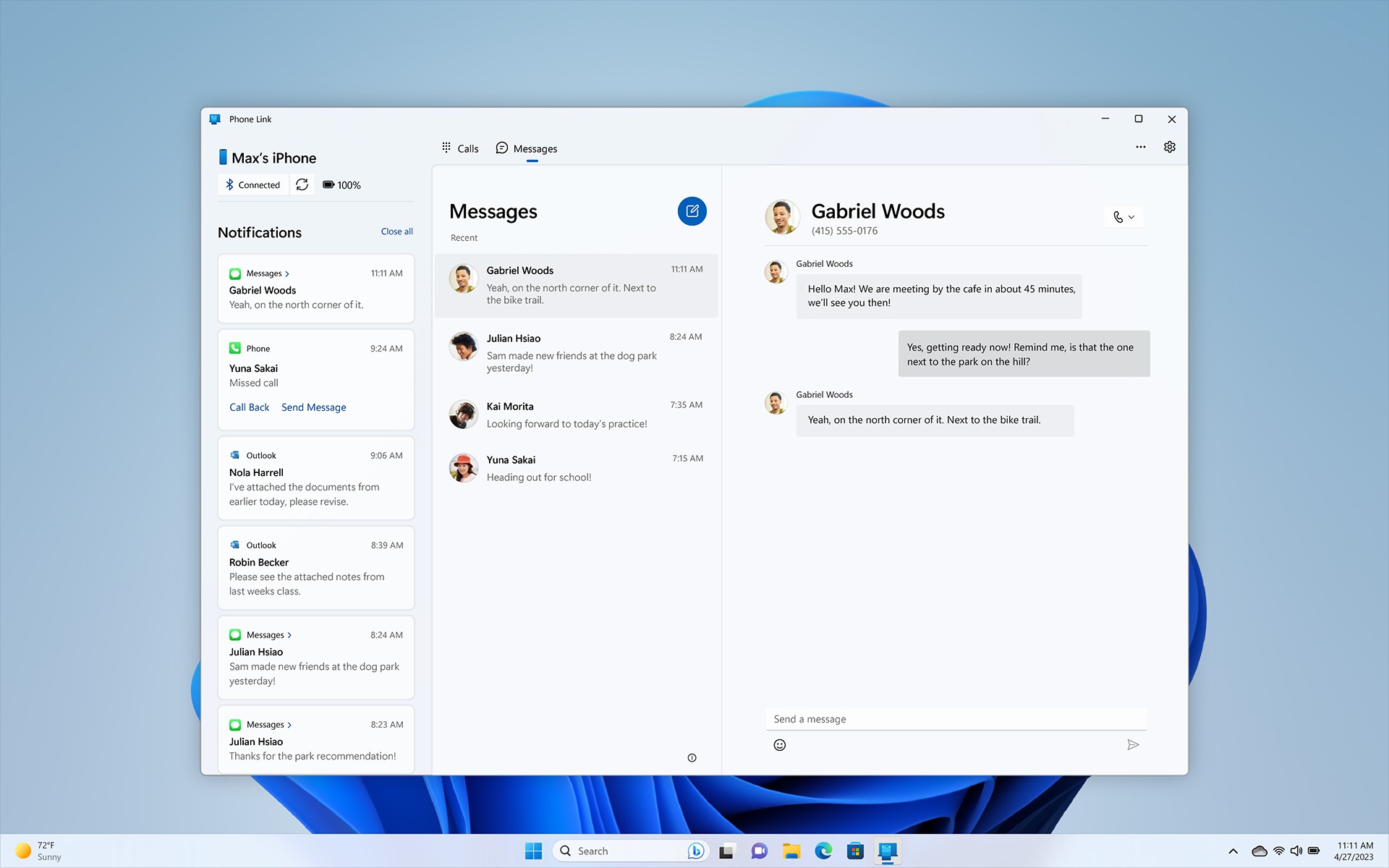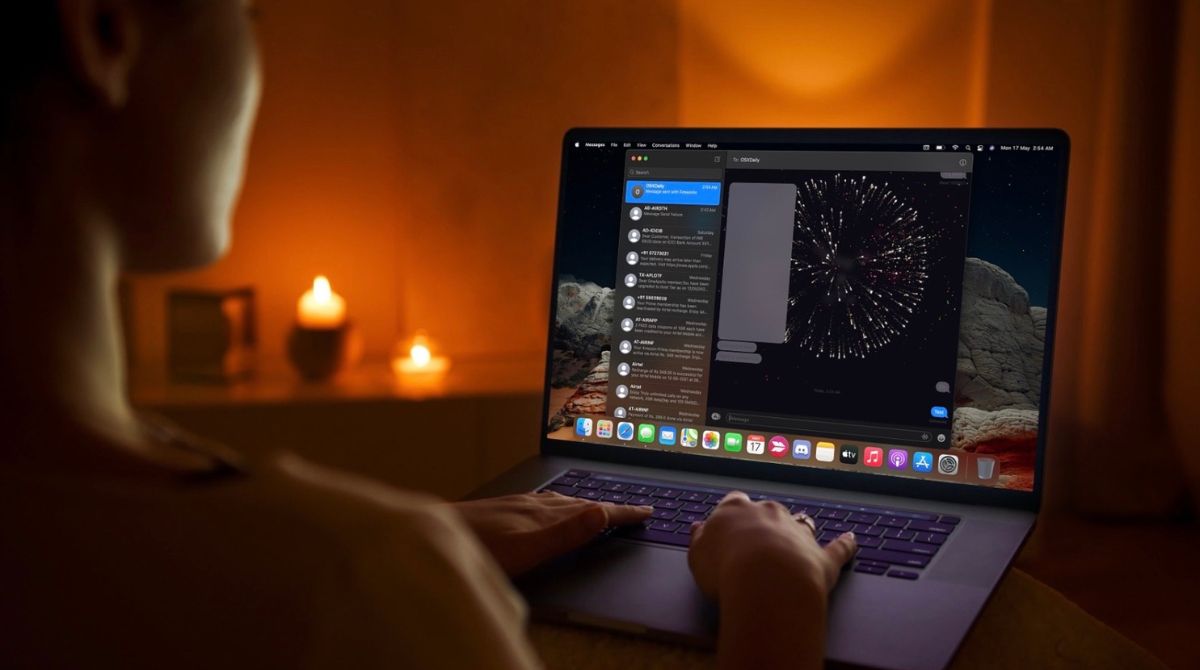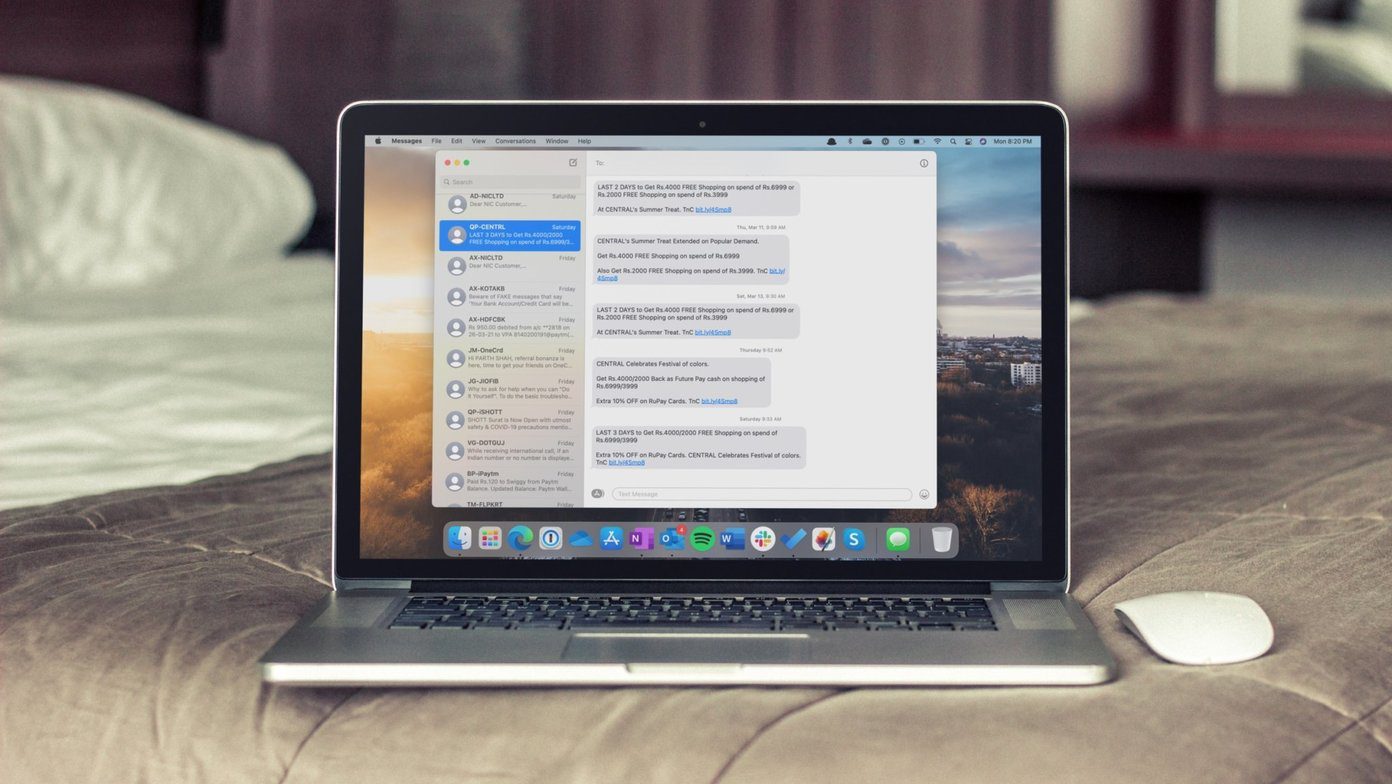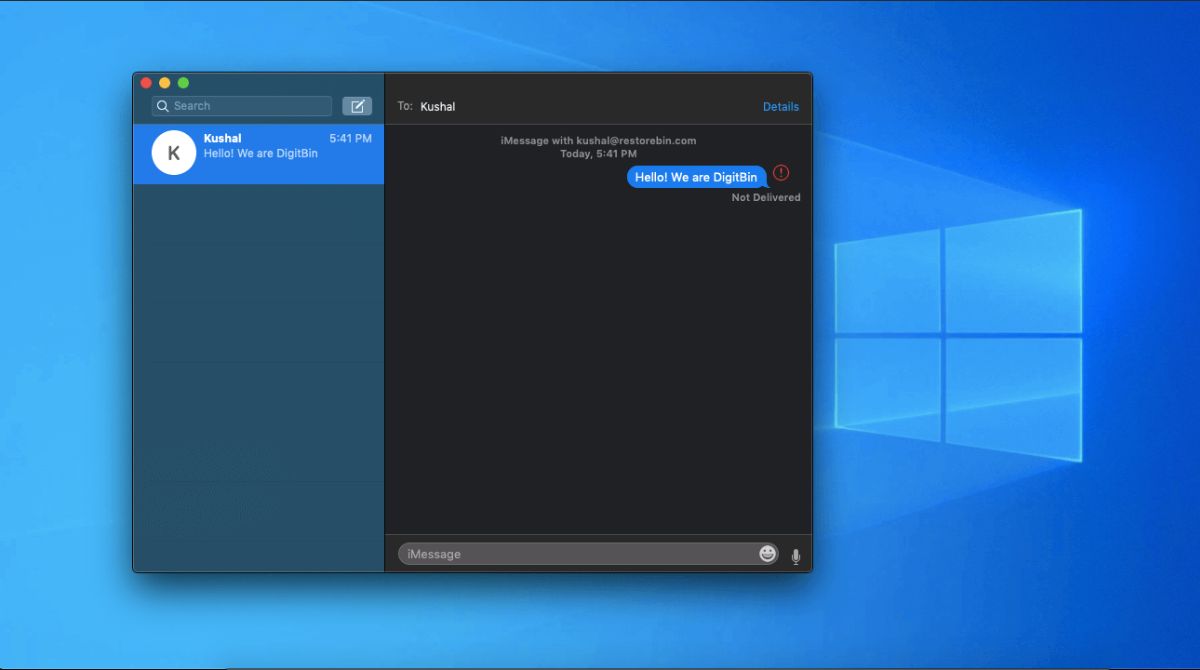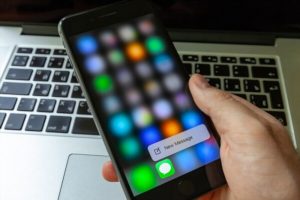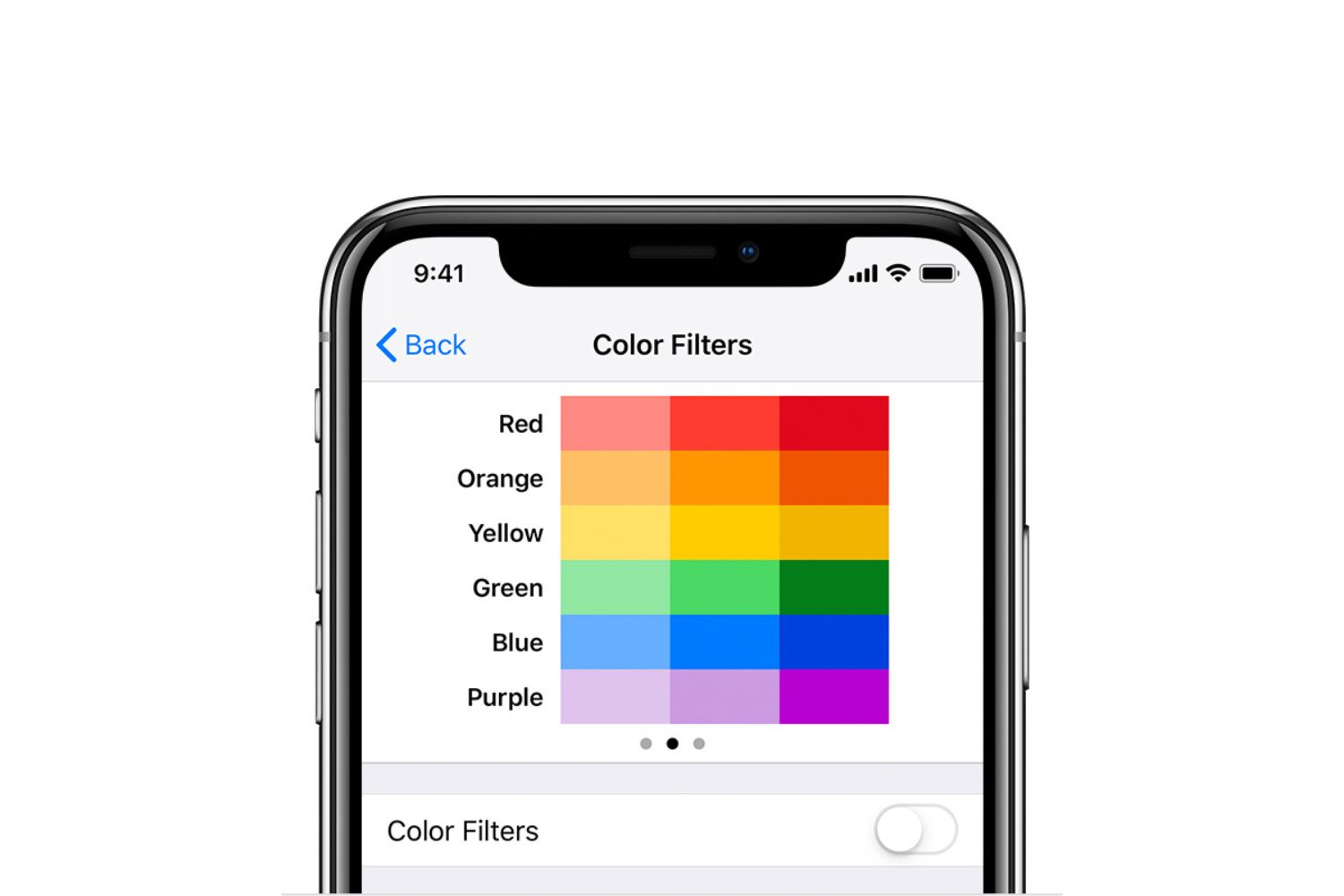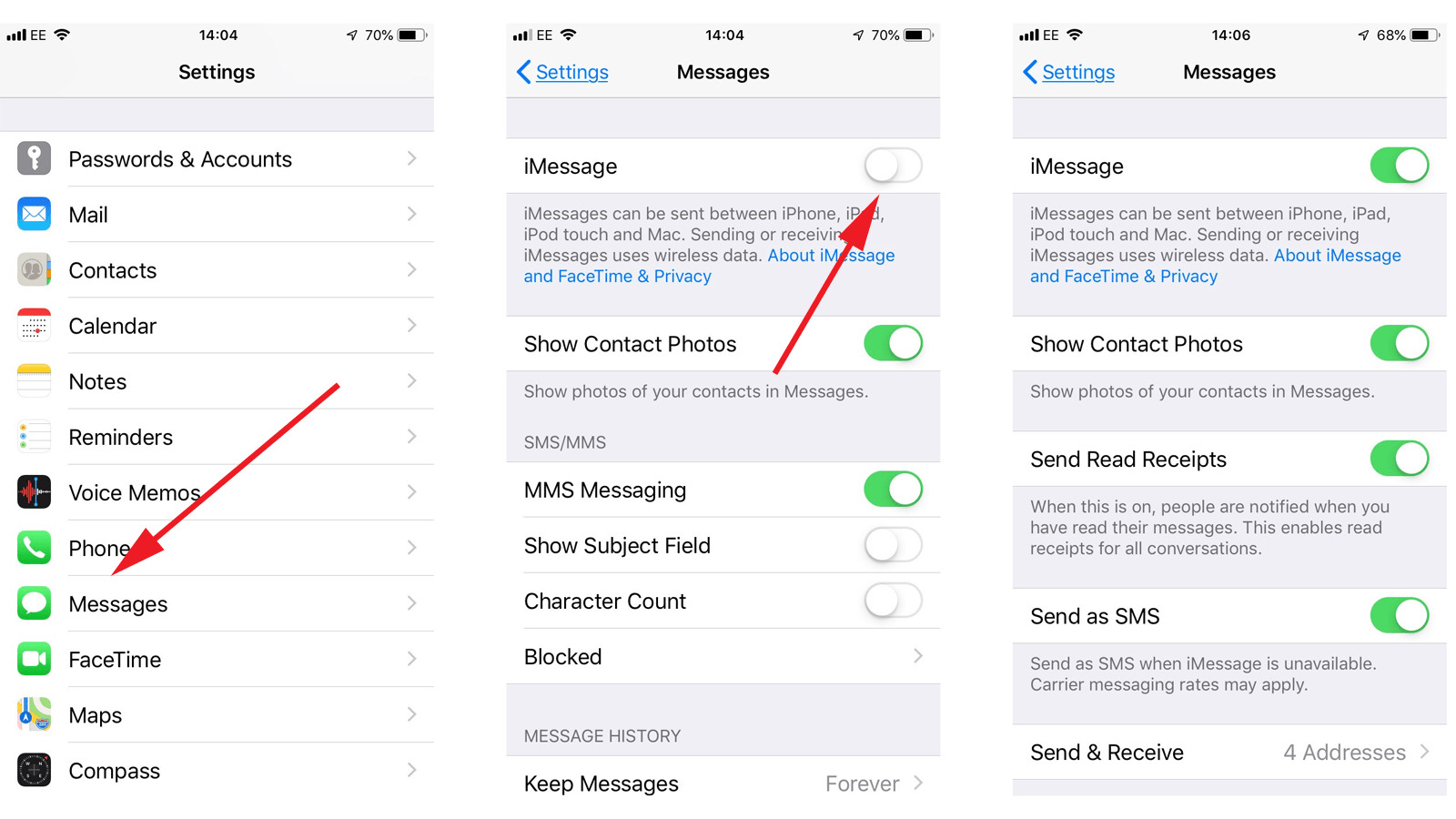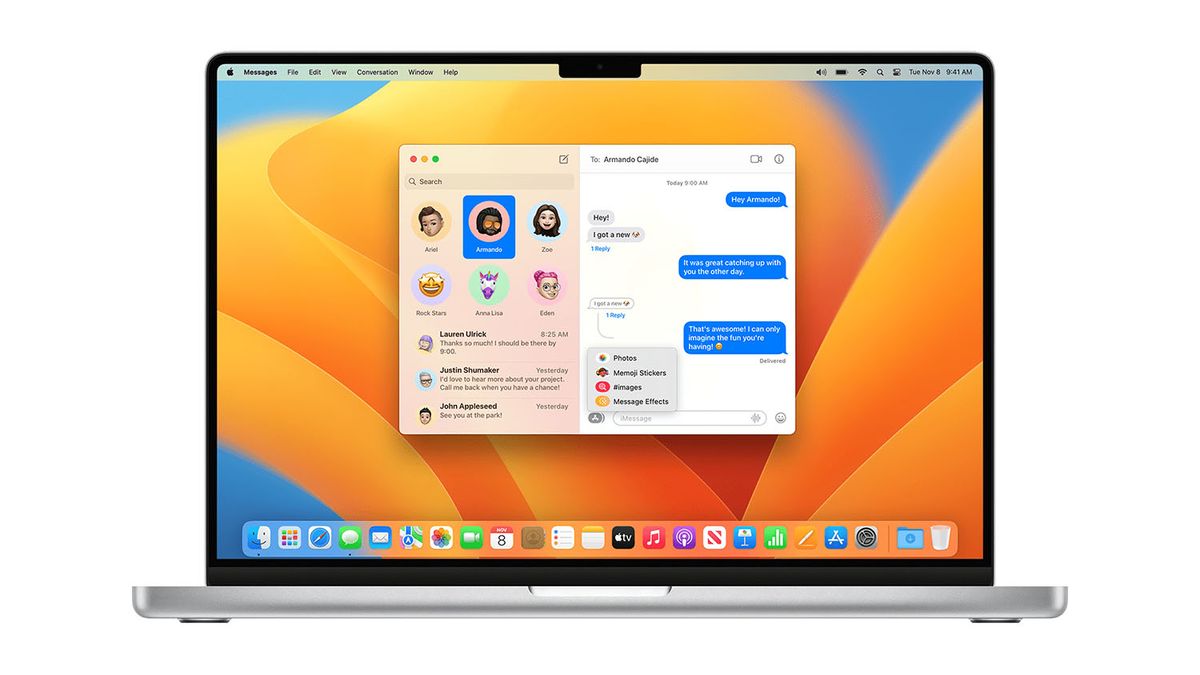Introduction
Are you an avid iPhone user but find yourself using a Windows computer? If so, you may be missing out on the convenience of iMessage, Apple’s popular messaging app. While iMessage is primarily designed for use on iOS devices, there are ways to get it on your Windows computer. In this article, we will explore different methods to help you access iMessage on your Windows computer and stay connected with friends and family.
When it comes to getting iMessage on your Windows computer, there are several approaches you can take. Each method has its own pros and cons, so you’ll need to consider your specific needs and preferences before deciding which one to use. Whether you prefer using a remote desktop app, jailbreaking your iPhone, using an emulator, or a third-party app, we will discuss them all in detail.
While these methods can provide a workaround to access iMessage on Windows, it’s important to note that they may come with certain limitations or require additional steps. It’s crucial to proceed with caution and make sure you follow the instructions carefully, especially when it involves jailbreaking your iPhone or using third-party apps.
Now, without further ado, let’s dive into the different methods that can help you get iMessage on your Windows computer.
Method 1: Using a Remote Desktop App
If you already own an iPhone or iPad, one of the simplest ways to access iMessage on your Windows computer is by using a remote desktop app. This method allows you to remotely connect to your iOS device and view and control it from your computer.
To get started, you will need to download a remote desktop app on both your iOS device and your Windows computer. Popular remote desktop apps include TeamViewer, Chrome Remote Desktop, and Microsoft Remote Desktop.
Once you have installed the app on both devices, follow the setup instructions provided by the app. Typically, this involves creating an account and establishing a secure connection between your iOS device and your computer.
After the configuration is complete, you can launch the remote desktop app on your Windows computer and connect to your iOS device. You will see your iPhone or iPad screen displayed on your computer, giving you access to all the apps, including iMessage.
With a remote desktop app, you can send and receive iMessages directly from your computer. This method allows you to enjoy all the features of iMessage, including sending text messages, photos, videos, and even participating in group chats.
However, it’s important to note that this method requires your iPhone or iPad to be turned on and connected to the internet. Additionally, the performance of the remote desktop app may vary depending on your internet connection speed and the distance between your devices.
Overall, using a remote desktop app is a convenient way to access iMessage on your Windows computer, especially if you already own an iOS device. It eliminates the need for complicated setups or installations, allowing you to seamlessly use iMessage from the comfort of your computer.
Method 2: Jailbreaking Your iPhone
If you’re open to taking a more advanced approach, another method to get iMessage on your Windows computer is by jailbreaking your iPhone. Jailbreaking is the process of removing certain restrictions imposed by Apple on iOS devices, allowing users to access and modify the device’s system files.
Before proceeding with jailbreaking, it’s important to understand that this method comes with some risks and may void your device warranty. Jailbreaking requires technical knowledge, and improper execution can lead to software instability or security vulnerabilities.
If you are comfortable with these risks, you can jailbreak your iPhone using various tools available online, such as checkra1n or unc0ver. These tools provide step-by-step instructions on how to jailbreak your specific iPhone model and iOS version.
Once you have successfully jailbroken your iPhone, you can install third-party apps and tweaks that enable you to access iMessage on your Windows computer. For example, apps like Cydia and iMessagePC allow you to mirror your iPhone’s screen on your computer and interact with iMessage.
Keep in mind that jailbreaking your iPhone may also expose your device to security risks. By bypassing Apple’s security measures, you become more vulnerable to malware or unauthorized access. It is essential to exercise caution when downloading and installing apps or tweaks from unknown sources.
Additionally, it’s worth noting that Apple does not support or endorse jailbreaking. Therefore, future iOS updates may introduce measures to prevent jailbreaking or render the jailbreak ineffective, requiring you to repeat the jailbreak process or face losing access to iMessage on your Windows computer.
In summary, jailbreaking your iPhone can provide a way to access iMessage on your Windows computer but comes with risks and limitations. It requires technical knowledge, voids your warranty, and may compromise device security. If you choose to jailbreak, proceed with caution, and be aware of the potential consequences.
Method 3: Using an Emulator
If you’re looking for an alternative way to access iMessage on your Windows computer without jailbreaking your iPhone, using an emulator is a viable option. An emulator is a software program that mimics the behavior of another operating system, allowing you to run iOS apps on your Windows computer.
To get started, you will need to download and install a reputable iOS emulator on your Windows computer. There are several options available, such as iPadian, SmartFace, or MobiOne Studio. These emulators create a virtual iOS environment on your computer, enabling you to run iOS apps, including iMessage.
Once you have installed the emulator, launch it and follow the setup instructions. You may be required to create an account or provide your Apple ID details to access the App Store within the emulator.
After setting up the emulator, you can search for iMessage in the App Store and download it directly to the emulator. Once installed, you can open iMessage and log in with your Apple ID to start sending and receiving messages.
It’s important to note that using an emulator to access iMessage on your Windows computer may not provide the full functionality and seamless experience of using the official iMessage app on an iOS device. Certain features, such as syncing messages across devices or accessing iCloud backups, may be limited or unavailable.
In addition, the performance of the emulator can vary depending on your computer’s specifications and the emulator software itself. Older or less powerful computers may experience lag or performance issues when running an emulator.
Overall, using an emulator is a legitimate option for accessing iMessage on your Windows computer without the need to jailbreak your iPhone. However, it’s important to manage your expectations regarding the limitations of the emulator and the potential impact on performance.
Method 4: Using a Third-Party App
If you’re not comfortable with jailbreaking your iPhone or using an emulator, another option to access iMessage on your Windows computer is by using a third-party app. These apps provide a bridge between your iPhone and your computer, allowing you to sync and access iMessage messages on both devices.
One popular third-party app that enables iMessage on Windows is AirMessage. AirMessage acts as a server that runs on your Mac computer and connects to your iPhone’s iMessage. It then provides a web interface that you can access from your Windows computer to send and receive iMessages.
To use AirMessage, you’ll need a Mac computer that’s always powered on and connected to the internet. You’ll also need to download and install the AirMessage server application on your Mac, along with the AirMessage app on your iPhone.
Once everything is set up, you can access the AirMessage web interface on your Windows computer through a browser. From there, you can view and respond to your iMessage conversations, just like you would on your iPhone. AirMessage also supports other features such as sending and receiving attachments, emojis, and syncing message history.
While third-party apps like AirMessage can provide a convenient way to access iMessage on your Windows computer, it’s essential to evaluate the security and privacy measures of these apps. Be mindful of the data you are sharing with these third-party servers and exercise caution when providing sensitive information.
Furthermore, these apps may require periodic updates or maintenance to ensure compatibility with new iOS releases or changes in iMessage functionality. It’s crucial to keep the third-party app and its associated components up to date to ensure the smooth operation of iMessage on your Windows computer.
In summary, using a third-party app like AirMessage can be a viable option for accessing iMessage on your Windows computer. However, it’s important to weigh the convenience against potential privacy and security risks, as well as the maintenance required to keep the app functioning properly.
Conclusion
Getting iMessage on your Windows computer may seem like a challenge, but there are several methods available to help you stay connected with your iMessage conversations. Each method has its own benefits and considerations, so it’s important to choose the one that suits your needs and preferences.
If you already own an iPhone or iPad, using a remote desktop app can provide a straightforward way to access iMessage directly on your Windows computer. This method allows you to view and control your iOS device remotely, giving you seamless access to iMessage.
For those who are willing to take a more advanced approach, jailbreaking your iPhone can unlock the ability to install third-party apps and tweaks that enable iMessage functionality on your Windows computer. However, it’s crucial to be aware of the risks and implications of jailbreaking before proceeding.
Using an emulator is another option, creating a virtual iOS environment on your Windows computer to run iMessage. While this method may not provide the full functionality of the official iMessage app, it can still offer a convenient way to access your messages.
Lastly, third-party apps like AirMessage can bridge the gap between your iPhone and Windows computer, allowing you to sync and access iMessage on both devices. These apps offer a balance between convenience and potential privacy considerations.
Regardless of the method you choose, it’s important to consider the security implications and follow the provided instructions carefully. Keep in mind that not all methods may be suitable for everyone, and some may require additional equipment, technical knowledge, or ongoing maintenance.
In conclusion, while accessing iMessage on a Windows computer may not be a native feature, these methods provide viable alternatives to help you stay connected with your iMessage conversations, even when using a Windows operating system.







